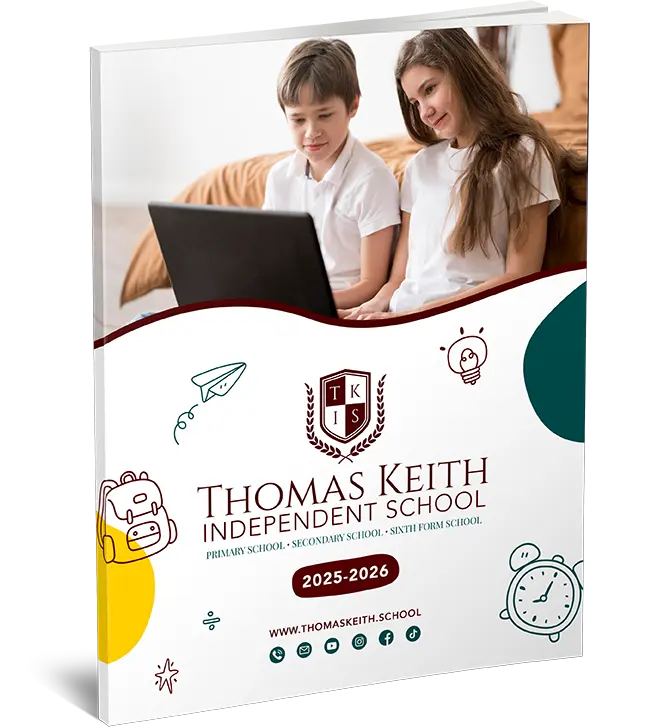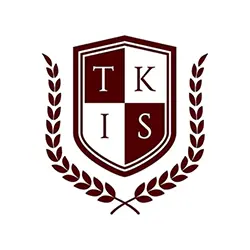Writing A Speech For KS2 Students
Writing a speech in KS2 is an essential skill that helps students develop confidence, communication, and organisation. A well-structured speech includes a clear introduction, a body that addresses the main points, and a conclusion that leaves a lasting impression. Whether presenting in class or participating in a competition, following a simple structure ensures your speech is effective and engaging.
Key Steps for Writing a Speech
- Understand the PurposeStart by understanding why you’re giving the speech. Are you informing, persuading, or entertaining? Knowing this will shape the content and tone of your speech.
- Choose a TopicSelect a topic that interests you and your audience. For example, you might speak about your favourite hobby, an inspiring event, or an important issue.
- Plan the StructureDivide your speech into three parts:
- Introduction: Greet your audience and introduce your topic. Make it catchy and relevant.
- Body: Include two or three key points about your topic. Support these points with examples or stories.
- Conclusion: Summarise your speech and end with a strong closing statement or a call to action.
- Write in Simple SentencesUse clear, short sentences that are easy to follow. Avoid complicated words or phrases. For example, instead of saying, “It’s vital to articulate ideas effectively,” say, “It’s important to speak clearly.”
- Practise DeliveryPractice your speech aloud to ensure it flows naturally. Focus on speaking slowly and confidently. Use gestures and eye contact to engage your audience.
Example: Speech About Online Learning
Title: “Why Online Learning is the Future”
Introduction:Good morning, everyone. Today, I want to talk about something that has changed education – online learning. Learning online allows students to study flexibly and creatively.
Body:Firstly, online learning offers freedom. You can learn at your own pace and choose the time that works best for you. For example, Thomas Keith Online Independent School provides lessons that students can access anytime.
Secondly, it connects students and teachers across the world. You can meet classmates from different countries, making learning more exciting.
Finally, online learning uses fun tools like videos, quizzes, and games. This makes lessons interesting and easy to remember.
Conclusion:In conclusion, online learning is the future of education. It is flexible, fun, and connects people worldwide. Let’s embrace it and learn in new ways. Thank you!
FAQs
- How can I make my speech interesting?Use stories or examples that your audience will enjoy. Add questions to involve them.
- How long should a KS2 speech be?Around 2-3 minutes. Keep it short and focused.
- What if I forget my lines?Take a deep breath and continue. Practising beforehand helps you stay confident.
- Can I use props?Yes! Props can make your speech more engaging and help explain your points.
Conclusion
Writing a speech for KS2 is simple if you follow a clear structure and use straightforward language. Focus on making your points clear and relatable. Whether it’s about online learning, your favourite book, or a school project, practice and confidence are key. Schools like Thomas Keith Online Independent School show how speaking skills are part of learning and growing in modern education. Keep practising, and you’ll master the art of public speaking!




